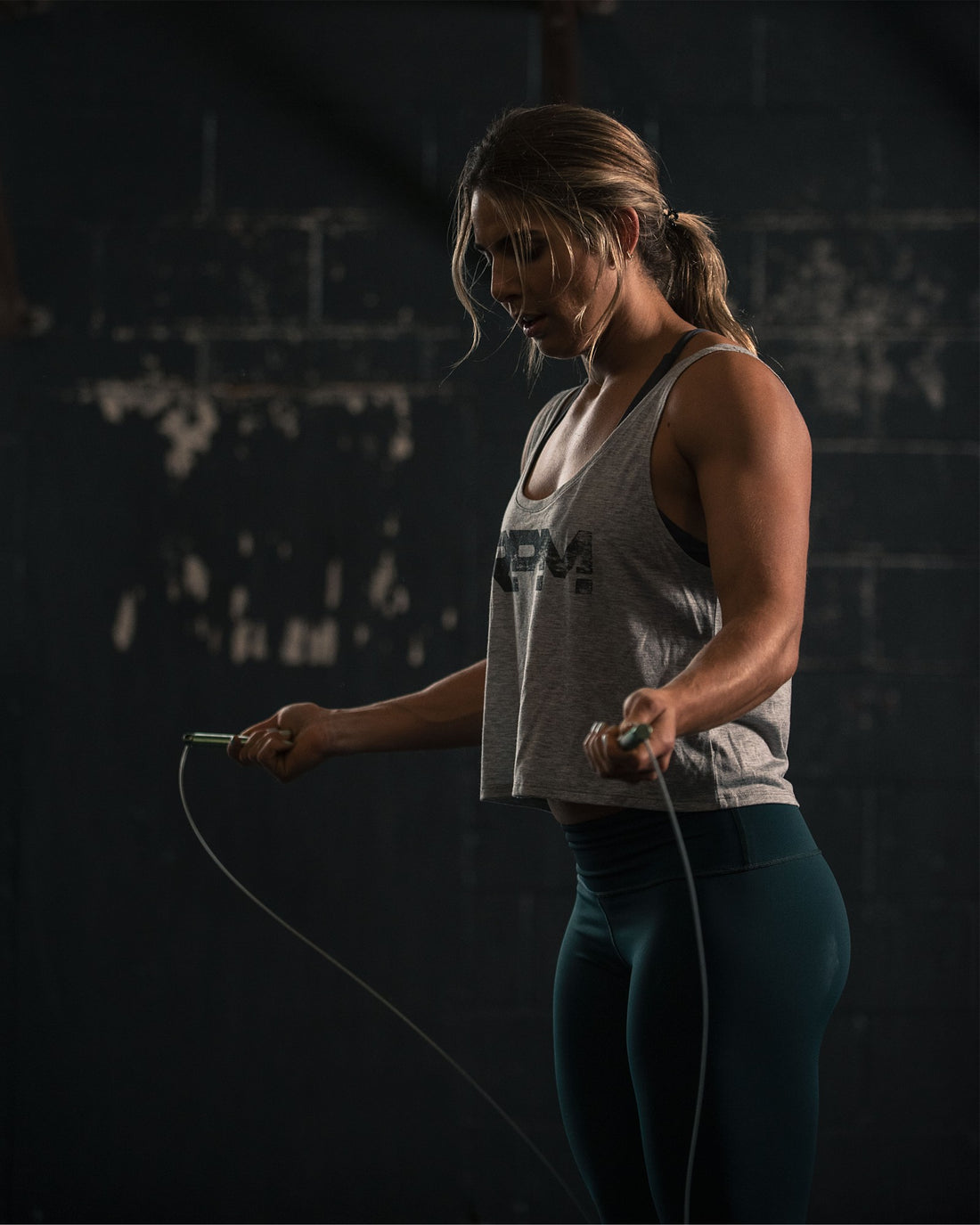How to get started at jump rope
Jumping rope is, after all, a cardiovascular exercise with little risk of injury. On the other hand, like any type of exercise or training, it is recommended to take a few precautions to avoid injury and to be able to progress without interruption. Here are some tips and tricks to keep in mind.
1. Progress gradually
The biggest and most common mistake is to start your jump rope practice intensely and with too much “volume”. Like any exercise that the body is not used to, certain muscles will experience stress that they have never had before. So, it 's important to progress gradually and not overestimate yourself when you start practicing, especially the double jumps. These require slightly more pulses than single jumps. Wanting to start too intensely can easily turn into shin splints.
This is an injury that is familiar to runners for the same reason: Beginner runners who will start running too many miles early in their training, or even experienced runners at the start of the season. So go about it gradually.
2. Start with a good warm-up
A proper warm-up is essential to prepare your body for exertion and reduce the risk of injury. Warming up can be as simple as a few jumping jacks that will prepare you for the jumps to come, a very light jog, and some shoulder rotations to prepare those for the rope jumps.
We also recommend doing a progression of very light single jumps before progressing to other variations like double jumps if that is part of your training.
3. Choose the right jump rope
It's important to have a jump rope that's right for your size and skill level to prevent potential injuries while jumping rope. Jumping rope can be a good tool for recovering from an injury, especially for runners, but only if the accessory is well suited for everyone. This will prevent injuries related to incorrect posture while practicing jump rope or any compensation for the same reason.
You can refer to our article which gives you tips on how to properly adjust your jump rope .
4. Develop technique first
As with any sport, technique is the basis of everything to prevent injuries. You might have the best running shoes on the market, if you exhibit “awful” running technique, you are at high risk of hurting yourself. The risks are certainly less for the jump rope, but learning the techniques and the optimal form will allow you to be comfortable and effective. Don't hesitate to visit, for example, a local Crossfit gym in which single and double rope jumps are a regular part of the workouts and are explained and broken down.
It's all about rhythm. Avoid over-rotating your shoulders and let your wrists do the rotations. Start without a rope, arms stretched along your body and simulate jumps. You should be able to perform 2 “taps” along your legs with your arms straight during a jump. Repeat the exercise until you find the rhythm and try to replicate this tempo with the rope this time.
Good luck!

